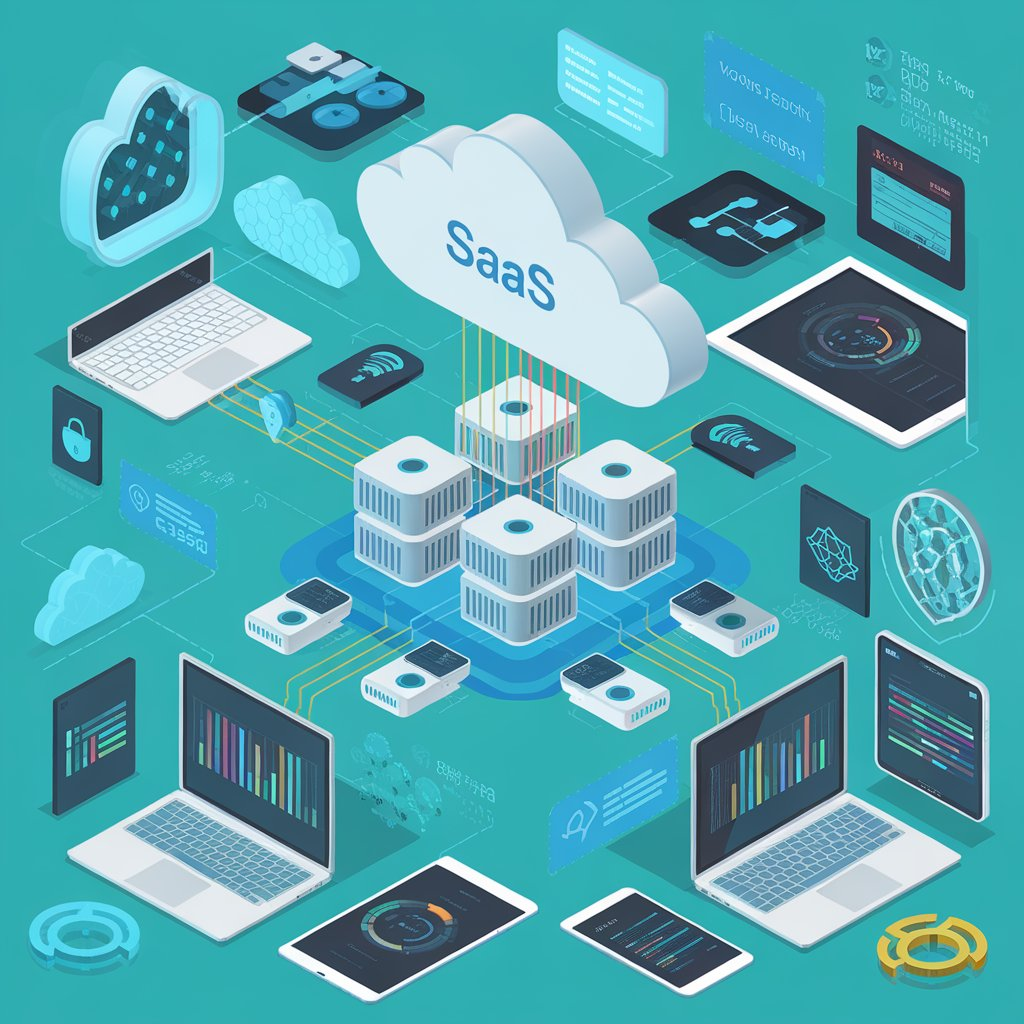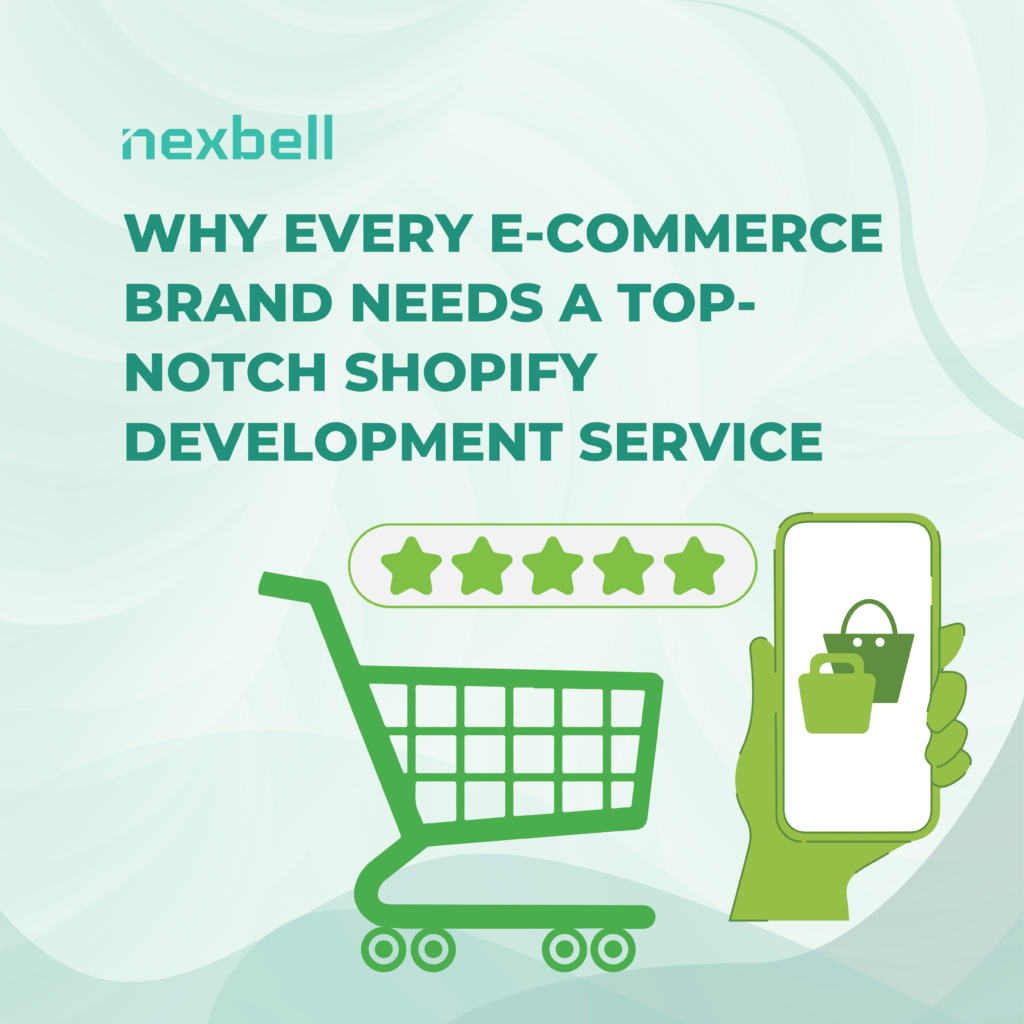Software-as-a-Service (SaaS) platforms have become a cornerstone of business innovation. With a market projected to exceed $374 billion by 2026, SaaS continues to revolutionize how organizations access and utilize software. From streamlining operations to enabling remote collaboration, SaaS platforms are the go-to solution for businesses aiming to stay competitive in a rapidly evolving digital world.
This newsletter uses the PAS framework—Problem, Agitation, and Solution—to explore SaaS platform development, backed by real-world examples to highlight challenges, opportunities, and success strategies.
Problem: Why SaaS Platform Development Is Challenging Yet Crucial
1. Rising Demand for Customization
Modern businesses expect more than off-the-shelf solutions. They need platforms tailored to their specific workflows, integrated seamlessly with existing tools, and capable of scaling as their needs evolve.
Yet, creating a customizable SaaS platform isn’t easy. Developers face challenges such as:
- Complex User Needs: Meeting the diverse demands of industries like healthcare, finance, and retail.
- Integration Challenges: Ensuring compatibility with third-party APIs, CRMs, and ERPs.
- Scaling Infrastructure: Building systems that can grow with customer demand without performance degradation.
2. Security and Compliance Pressures
Data breaches and evolving regulations (e.g., GDPR, HIPAA) require SaaS platforms to adopt robust security protocols. Any lapse in compliance can erode customer trust and lead to hefty fines.
Example: In 2020, a SaaS provider suffered a breach due to insufficient encryption measures, exposing sensitive customer data. The fallout included reputational damage and customer churn.
3. Cost Pressures in Development
Developing and maintaining a SaaS platform involves significant investment, from cloud infrastructure and development tools to ongoing customer support. Startups, in particular, often struggle to balance feature-rich platforms with tight budgets.
Agitation: Why These Challenges Can’t Be Ignored
Failing to address these issues can have tangible consequences:
Customer Churn
SaaS users demand seamless experiences. If a platform is slow, hard to navigate, or lacks essential features, customers won’t hesitate to switch to competitors. A 2023 survey found that 56% of SaaS users abandon platforms due to poor user experiences.
Security Breaches
A single security incident can undo years of trust-building. The average cost of a data breach in the SaaS industry is $4.24 million, according to IBM. For startups and smaller SaaS companies, such an event can be financially devastating.
Inability to Scale
Platforms unable to handle user growth face slow load times, frequent crashes, and dissatisfied customers. In an era where speed and reliability are critical, downtime can translate directly into lost revenue.
Solution: Proven Strategies for SaaS Platform Success
1. Build for Scalability from the Start
A scalable architecture ensures your SaaS platform can handle growth without performance issues.
Case Study: Slack
Slack, the popular collaboration tool, focused on scalability from day one.
- Challenge: Slack needed to handle rapid user growth as adoption surged among startups and enterprises.
- Solution: Built its backend using a distributed cloud infrastructure, leveraging AWS to dynamically scale resources.
- Result: Slack scaled to support over 18 million active users without significant downtime, maintaining a 99.99% uptime record.
Takeaway: Use cloud services like AWS, Azure, or Google Cloud for flexible and scalable infrastructure. Incorporate microservices architecture to separate core functions, making it easier to scale specific features independently.
2. Prioritize Security and Compliance
Security must be a priority, not an afterthought. Build trust with customers by adopting best practices like:
- Data Encryption: Encrypt sensitive data both in transit and at rest.
- Regular Penetration Testing: Identify vulnerabilities through simulated cyberattacks.
- Compliance Management: Use compliance tools to stay updated on regulations like GDPR and HIPAA.
Case Study: DocuSign
DocuSign, a leader in electronic signature solutions, prioritized security to gain customer trust.
- Action: Implemented end-to-end encryption and obtained certifications like ISO 27001 and SOC 2.
- Impact: Built trust among enterprise customers, enabling partnerships with major banks, law firms, and global corporations.
Takeaway: Invest in security audits, certifications, and employee training to ensure a culture of cybersecurity.
3. Design with the User in Mind
User experience (UX) is a key differentiator in the SaaS market. An intuitive platform reduces churn and enhances customer loyalty.
Best Practices:
- Onboarding Flows: Guide new users with interactive tutorials and help prompts.
- Consistent UI Design: Maintain a uniform look and feel across your platform.
- Feedback Loops: Use in-app surveys and analytics to continuously improve.
Case Study: Notion
Notion’s success is rooted in its user-friendly design.
- Challenge: Create an all-in-one productivity platform that appealed to diverse user groups, from students to large teams.
- Solution: Focused on a clean, modular interface that users could customize to suit their workflows.
- Result: Grew to 20 million active users, driven largely by word-of-mouth recommendations.
Takeaway: Invest in usability testing early and iterate based on real user feedback.
4. Leverage APIs for Seamless Integration
A SaaS platform’s ability to integrate with other tools is often a deciding factor for customers. Offering robust APIs ensures your platform can connect with CRMs, marketing tools, and other enterprise systems.
Case Study: Shopify
Shopify’s open API ecosystem has been a significant growth driver.
- Action: Allowed developers to create apps and integrations that extend Shopify’s functionality.
- Impact: The Shopify App Store now hosts over 8,000 apps, enabling businesses to customize their e-commerce experience.
Takeaway: Provide detailed API documentation and developer support to encourage third-party integrations that add value to your platform.
5. Adopt a Data-Driven Development Approach
Data analytics should inform every stage of SaaS development, from feature prioritization to performance optimization.
Key Metrics to Track:
- Monthly Recurring Revenue (MRR): Measures financial health and growth.
- Customer Churn Rate: Indicates user retention and satisfaction.
- Net Promoter Score (NPS): Gauges user loyalty and likelihood of recommending your platform.
Case Study: HubSpot
HubSpot uses analytics to guide its SaaS platform’s evolution.
- Approach: Continuously monitors customer behavior to identify areas for improvement.
- Result: Introduced features like automation workflows based on customer feedback, driving adoption among SMBs and enterprises alike.
Takeaway: Use tools like Google Analytics, Mixpanel, or Amplitude to track user interactions and make data-driven decisions.
Emerging Trends in SaaS Platform Development
1. AI and Machine Learning
AI-driven features like personalized recommendations, predictive analytics, and chatbots are becoming standard in SaaS platforms.
2. Vertical SaaS
Platforms tailored to specific industries (e.g., healthcare, real estate) are on the rise, offering niche solutions with industry-specific functionality.
3. Subscription Models
Flexible pricing options, such as usage-based billing or modular pricing, cater to diverse customer needs.
4. Sustainability in Cloud Hosting
Eco-conscious businesses are opting for SaaS providers committed to using renewable energy for their cloud infrastructure.
Conclusion: The Future of SaaS Development
SaaS platform development is more than building software; it’s about creating scalable, secure, and user-centric solutions that meet the evolving needs of businesses and individuals. From Slack’s scalable infrastructure to Notion’s intuitive design, successful SaaS platforms are built on principles of innovation, adaptability, and customer focus.
If you’re considering developing a SaaS platform, focus on solving real problems, designing for growth, and investing in security. Remember, the SaaS landscape is competitive, but with the right strategies, your platform can become an indispensable tool for its users.








